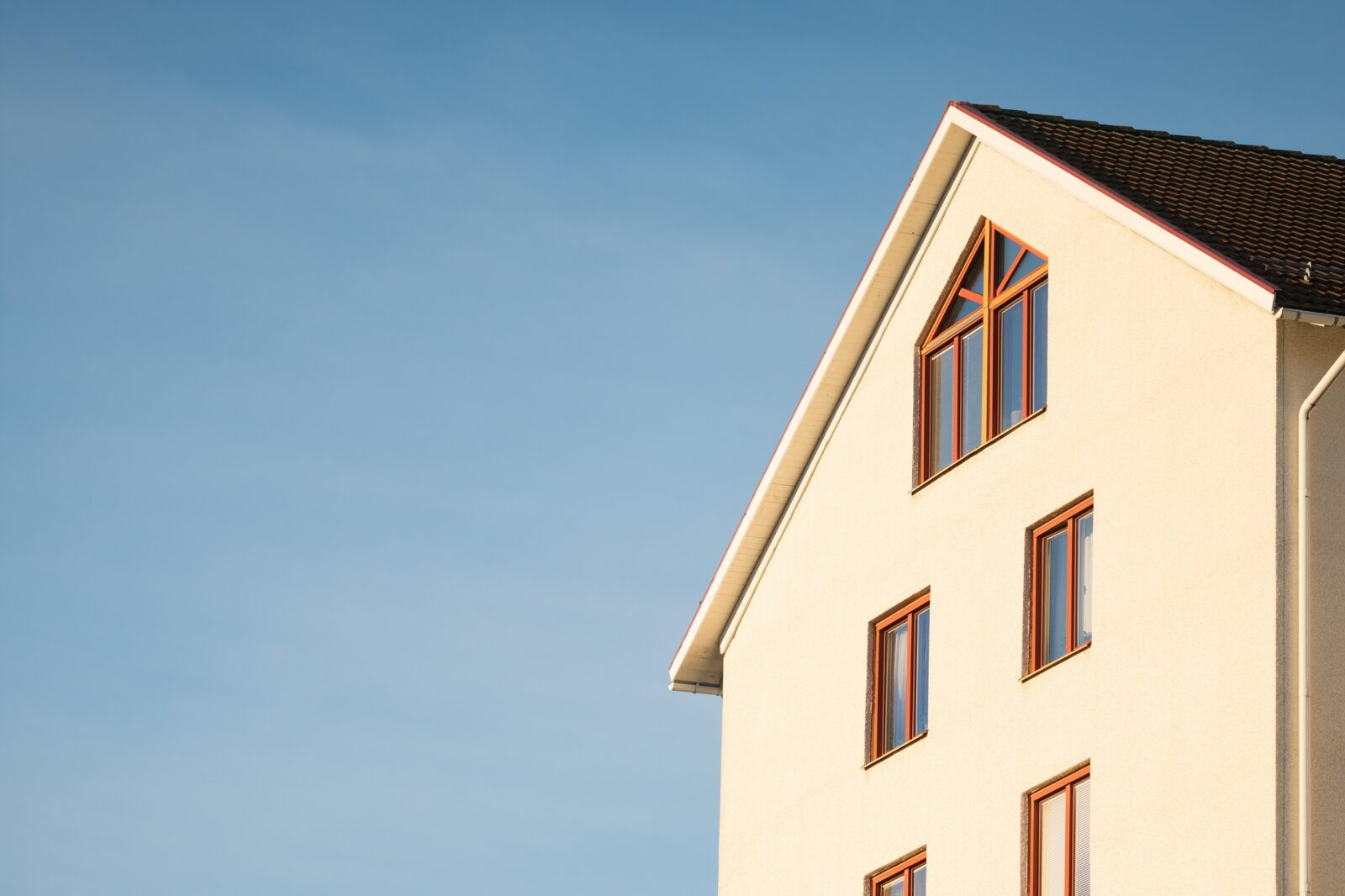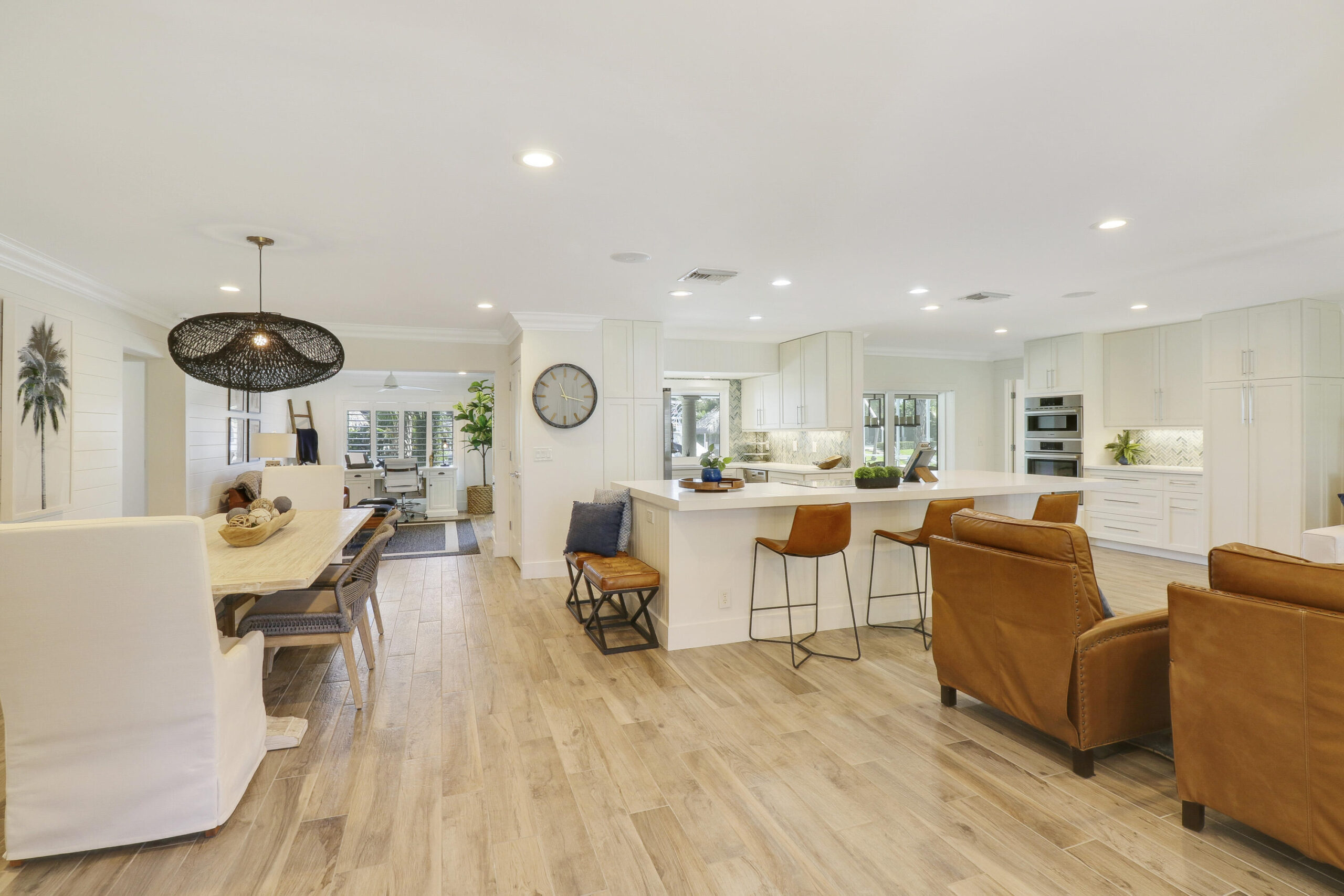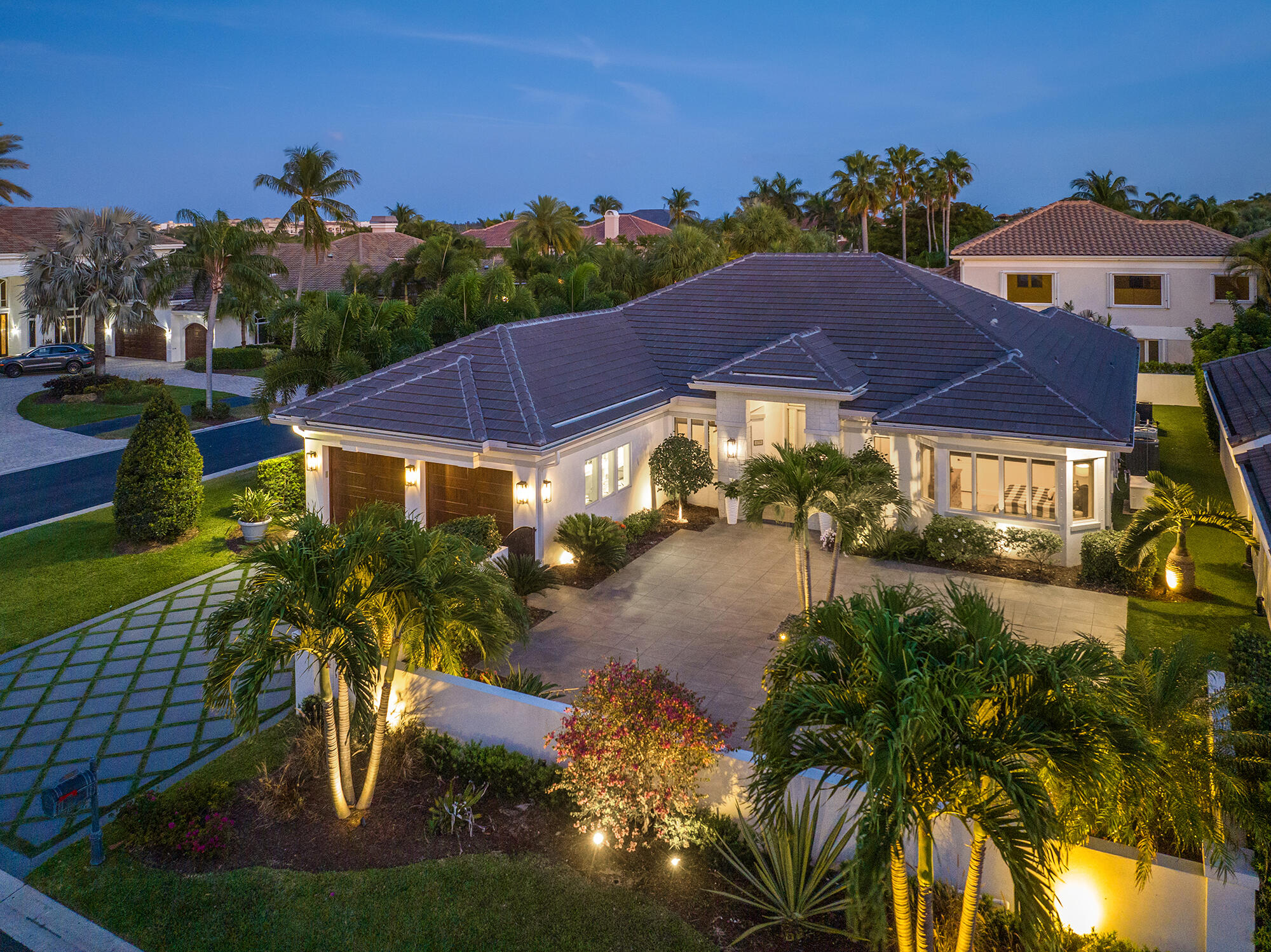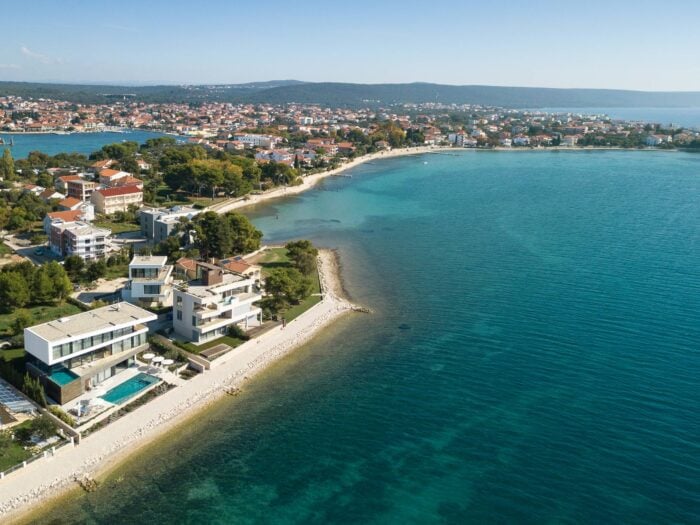What’s the difference between an investment property and a second home? It’s easier to distinguish each one based on how you use it.
In the U.S., the Internal Revenue Service (IRS) defines second homes based on the owners’ occupancy. Mortgage lenders, though, may use different terms to categorize investment properties and second homes.
Some lenders may reject your application if you buy a luxury home as a rental property. More importantly, be aware that tax implications depend on whether or not you acquire another property as an investment.

An additional property becomes a second home if you occupy it for more than 14 days in a tax year.
Occupancy Matters To Determine Property Type
An additional property becomes a second home if you occupy it for more than 14 days in a tax year, according to the IRS.
If you used the property for less than 14 days, there’s another condition that applies to second homes:
“10% of the total days it is rented to others at a fair rental price”
For example, you rented out a house for 200 days in 2022. The asset would become an investment property if you use it for less than 20 days in the same year.
The personal use of a second home remains in effect when it’s occupied by:
- Tenants paying “less than a fair rental price”
- The owner’s family members
- The property owner or co-owner
The IRS only recognizes the following people as a person’s family members:
- Ancestors (e.g. parents, grandparents)
- Half-siblings
- lineal descendants (e.g. children, grandchildren)
- Siblings
- Spouse
The concept of tenants paying rent below a fair price happens when you rent out a property for a smaller amount.
Let’s say you allowed your mother-in-law to live in your second home. If the fair rental price is US $1,000 per month yet you charge a lower rate, then it’s still a second home from the IRS’ perspective.

Only second homes may qualify for mortgage interest and real estate taxes as deductibles, subject to certain rules.
Deductible Mortgage Interest and Real Estate Taxes
Only second homes may qualify for mortgage interest and real estate taxes as deductibles, subject to certain rules.
You may also deduct up to US $750,000 on paid mortgage interest if you bought the second home after Dec. 15, 2017.
Many homeowners are unaware that they can use mortgage interest deductibles for a second home. Keep in mind, however, that the standard deduction becomes invalid when you claim mortgage interest deductibles.
While the IRS restricts investment property owners from claiming mortgage interest deductibles, there’s a different tax incentive for them.

The IRS allows deductions for rental property expenses based on three factors, including recovery period.
A Different Tax Incentive For Investment Properties
If you’re certain about investing in real estate as a rental asset, depreciation of rental property allows you to recoup expenses via annual tax deductions.
In other words, you depreciate an income-generating property by declaring some of the costs on your annual tax return.
The IRS allows deductions for rental property expenses based on three factors:
- Cost basis in the property (e.g. purchase price)
- Depreciation method
- Recovery period
Investment property owners can’t deduct mortgage payments as expenses for rental assets. Likewise, the IRS restricts them from deducting the cost of equipment, fixtures, furniture.
Check out the Modified Accelerated Cost Recovery System to determine the right depreciation method for your property.
Remember that the IRS only allows investment property depreciation within 27.5 years.

The tediousness of taxes on second homes and investment properties have done little to curb luxury real estate sales.
Why Now Is A Good Time To Buy Luxury Homes
The tediousness of taxes on second homes and investment properties have done little to curb luxury real estate sales.
Based on price appreciation, some of the best places to invest in additional property are in the southwestern states.
Forbes Global Properties’ annual report revealed double-digit median price growth in domestic property markets’ such as:
- Lake Tahoe, California-Nevada (29%)
- Scottsdale, Arizona (24%)
- Ventura County, California 28%)
The price growth covered the period between 2020 and 2021. Year-over-year growth outside the U.S. mainland even recorded higher price appreciation.
In Hawaii, home sales rose 195% for luxury properties worth at least US $3 million each. Total-dollar-value sales surged 235%.
Properties with more indoor and outdoor spaces became more popular. Almost 70% of luxury property buyers preferred spacious homes.
Nearly 65% of buyers also looked for home offices due to the prevalence of remote work, which may have become permanent for certain jobs.
Outside the U.S. property investments in Australia and Toronto in 2020 yielded double-digit price growth.
Average property prices in Australia rose 32% in 2021 year over year, while Toronto registered a 17% increase.
Learn more about real estate insights from over 2,400 experts across 11 countries. Sign up here today to access the 2021 Year-End Market Perspectives.










